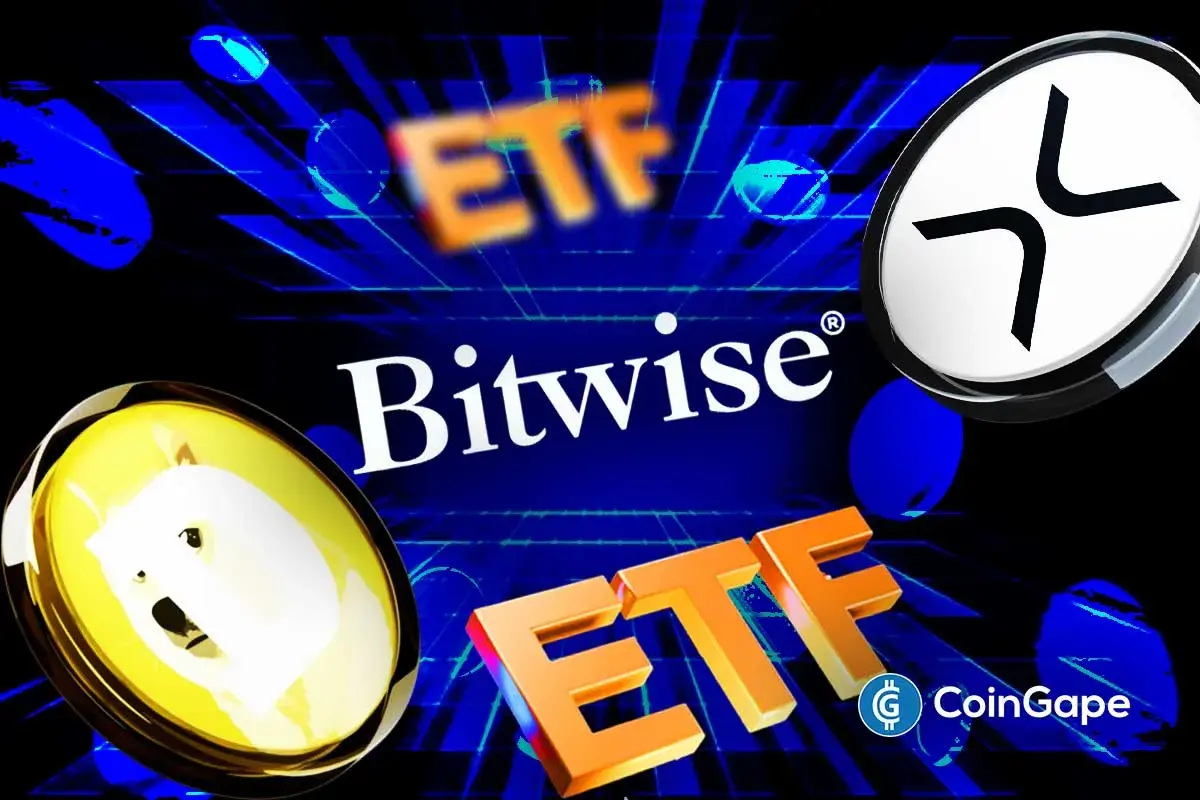VC Firm A16z Lists 14 Things To Expect From Crypto In 2025

Highlights
- By 2025, autonomous AI agents will handle crypto transactions & manage blockchain systems.
- Proof of personhood via blockchain will fight deepfakes & fraud, securing digital interactions.
- Stablecoins will revolutionize payments, while blockchain bonds increase transparency & security in finance.
As the crypto space rapidly evolves, Andreessen Horowitz (a16z), a leading venture capital firm, has highlighted 14 transformative trends expected to shape the blockchain and decentralized technology ecosystem by 2025.
A16z On Autonomous AI Agents and Decentralized Chatbots
According to VC Firm A16z, fully autonomous AI agents will become a reality by 2025, with individual AI systems having their own crypto wallets and engaging in transactions within decentralized networks.
These AI agents could supervise functions like checking the validity of a block of transactions in a blockchain or engaging in decentralized energy systems, creating new possibilities for blockchain automation.
At the same time, decentralized autonomous chatbots (DACs) are also predicted to emerge. These AI-driven bots would run within trusted execution environments (TEEs) to make them free from human intervention to create audiences, generate revenues, and manage digital assets. This could drastically alter the way in which content is created and revenue is generated on the web.
Proof of Personhood and Expanding Blockchain Use Cases
According to a16z, as the use of AI content creation rises, so will the need for proof of personhood, which blockchain technologies will address through secure methods for verifying humans in digital interactions to fight against deepfakes and fraud. This will help make the digital spaces more secure and reliable.
In addition to digital identity, a16z envisions the possibility of blockchain expanding its use from prediction markets to information aggregation more broadly.
By 2025, it is possible that blockchain-based systems will be used for decentralized data sharing and decision making in various sectors of community governance, finance, and sensor networks. Such systems will help communities to take more rational and well-informed decisions while also ensuring that the processes are more open.
A16z Stance On Stablecoins, Tokenization, and Blockchain Bonds
By 2025, nearly every small and big business will be accepting stablecoins as a payment method, as reflected by USDC issuer Circle by gaining regulatory approval in Canada. Starting as a tool for small businesses to minimize the cost of transactions, stablecoins will eventually be used by big business as well. This shift will greatly reduce the costs of transactions and improve the usage of cryptocurrencies in regular life.
Moreover, governments can also start to consider the process of issuing government bonds on the blockchain system. This can disrupt the conventional bond markets by increasing transparency and openness, and at the same time, offer DeFi systems with government secured assets.
In addition, the tokenization of assets that have not traditionally been considered as such, like biometric data and patents, will continue to develop, offering new opportunities for liquidity and ownership.
DAOs, Liquid Democracy, and the DUNA
Blockchain technologies will also bring new forms of governance, including liquid democracy. This model enables voters to cast their votes for chosen intermediaries thus enhancing the system’s fluidity and decentralization in the decision-making process.
Liquid democracy may be adopted within local governments and within decentralized autonomous organizations (DAOs) as the move to a more fluid and engaging system of government.
This process is expected to be further enhanced by DUNA (Decentralized Unincorporated Nonprofit Association) which is expected to be the standard for blockchain governance in the U.S by 2025. This legal structure will enable decentralized organizations to function with more legal standing and effectiveness especially in sectors such as energy and DeFi.
Reusable Blockchain Infrastructure and Improved User Experience
In the next few years, the blockchain development community will shift its attention to building on what has already been developed rather than creating new solutions from scratch, according to a16z.This will enable the developers to concentrate on creating value addition rather than developing similar applications.
Meanwhile, crypto companies will change their focus from the development of the technological base to the development of the user experience. Thus, by 2025, blockchain products will focus on usability and will be designed in a way that decentralised applications will not differ from the current ones.
The goal is to provide ordinary people with intuitive interfaces that conceal the essence of blockchain technology so that they can easily start using crypto products and services.
- TRUMP Coin Gets Big Utility Boost With President Trump–Inspired Game Set for Launch
- Avalanche, Crypto Associations Held Key Meeting with US SEC Crypto Task Force
- Tidal Trust Files For ‘Bitcoin AfterDark ETF’, Could Off-Hours Trading Boost Returns?
- OCC Confirms That Banks Can Facilitate No-Risk Crypto Transactions
- Bitcoin, Ethereum, XRP, Solana Rally Ahead of Fed Rate-Cut Decision
- HYPE Price Drops 7% as $2.2M Shift and 10M Token Unlocks Stir Fear — What’s Next?
- Ethereum Price Breaks $3,390: What’s Driving 10% Surge?
- Shiba Inu Price Surges as Whale Transfers Hit Highest Levels Since June
- Bitcoin Price Alarming Patterns Point to a Dive to $80k After FOMC Decision
- Pi Network Price Could Surge to 15%, But Watch Out for This
- Cardano Price Prediction – Analyst Eyes 56% Rally as Taker Buy Dominance Strengthens


















